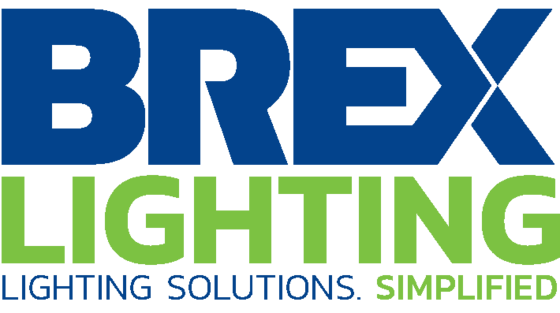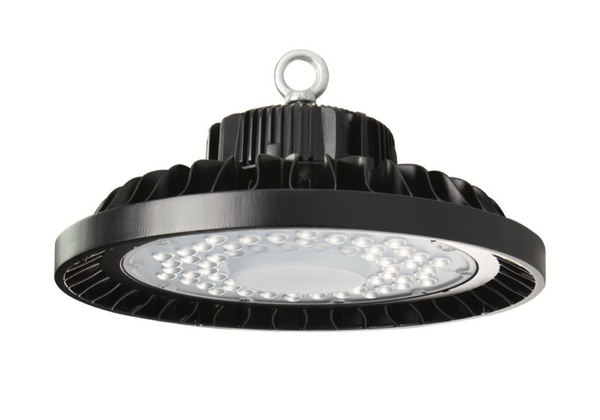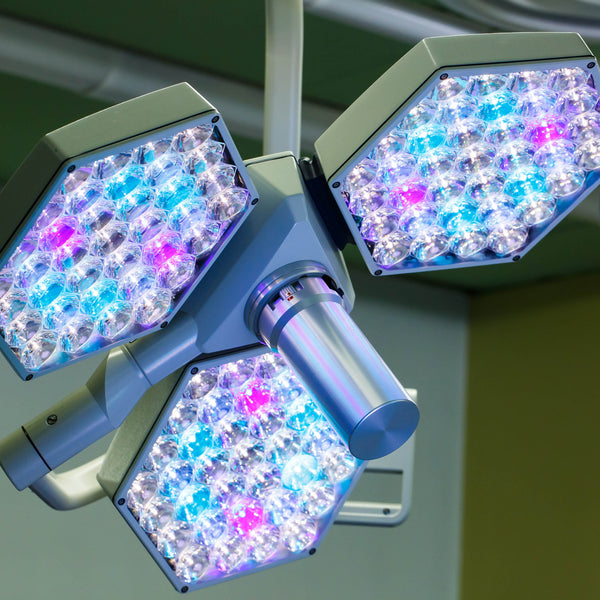How LED is Changing sports lighting

There’s no better experience for a sports fanatic to remember than watching a big game at the arena. The packed audience stands, the bustling energy, the on field and fan rivalry and the half time shows are all a part of that experience. All of this wouldn’t mean much if the lighting system was anything but spectacular.
Sporting venues are embracing a change in a core part of their infrastructure; lighting. Almost 90% of facility operators who are going in for a rehaul of their lighting system, are choosing LED.
Even with that big a number the penetration of LED at sports arenas all over the United States still remains below 10%. The primary objection of changing to LED lighting systems is the upfront cost of the setup.
How Much Does It Cost?
Installing an LED lighting costs anywhere between $1,25,000 to $4,00,000 for a typical arena and anywhere upwards of $8,00,000 for a stadium depending on the size and features required.
While that might seem like a very high number, the average time to recover the costs is typically under 3 years.
87% reduction in energy usage might seem like a fantasy. Astonishingly, it was achieved in the year 2012, when the War Memorial Arena in Syracuse, New York (home of the AHL's Syracuse Crunch) switched its lighting system to LED. Power consumption went down from 263,000 kilowatts to roughly 32,000 kilowatts. So it's quite easy to see how the upfront investment can really save you a great deal down the line, year-over-year.
Some of the big names that have moved to LED lights for their stadiums include University of Miami, Cornell, and Duke.
Advantages of LED that go far beyond lower power consumption
Metal halides and high pressure sodium lights became the norm when various sports started getting popular after the sun went down. And with the advance of television broadcasting, sports lighting became all the more important and needed to evolve.
In addition to lower cost of operation and maintenance, LED provides the flexibility to the operators of stadiums to use it for different type of events. Key benefits include:
-
No waiting time for full illumination. LED lights start functioning almost instantaneously after being powered on.
-
Sports LED lights can be dimmed or brightened at will and help you with various range of practice and athletic contests.
- Shadows or dark spots which can be quite a challenge for athletes can be eliminated with a combination of LED sports lighting fixtures with different beam spread characteristics and light diffusers.
-
Sports that involve fast moving objects like ice hockey have reported enhanced clarity and improved visibility from athletes, due to the use of LED sports lights. It gives near natural lighting that helps players catch sudden, quick changing movements and gives them ample amount of time to react.
- As for audiences, it means clear visibility of the ongoing sport as well as players. With diffusers and indirect lighting glare on the playing surface is also reduced. Television viewers also gain from enhanced broadcast quality.
- Due to high operating costs, many sports events were not able to afford the sports arenas. Now with LED sports lights, many such events can make use of the sports infrastructure and can create a new source of revenue for the arenas.
Bigger sports arenas, professional teams and the likes have enough money to invest to overhaul their lighting infrastructure. Smaller facility operators and local parks are skeptical about their ability to invest that much upfront.
Most LED light systems can be retrofitted if there’s already a HID or other system of lighting in place, the installation costs would be negligible.
Though upfront costs might seem high, sports LED lights can last up to 50,000 hours and some can even last twice that amount. This automatically means reduced repair and maintenance cost, offsetting the cost of ownership in the long run. Some of these systems can be controlled from a phone or computer on the web and have diagnostics that would let the owner know if a particular LED is too hot or malfunctioning. This reduces the chance of failure during a critical sporting event.
The next LED revolution is in the field of sports and this is great news for all sports lovers the world over.



